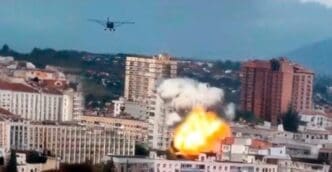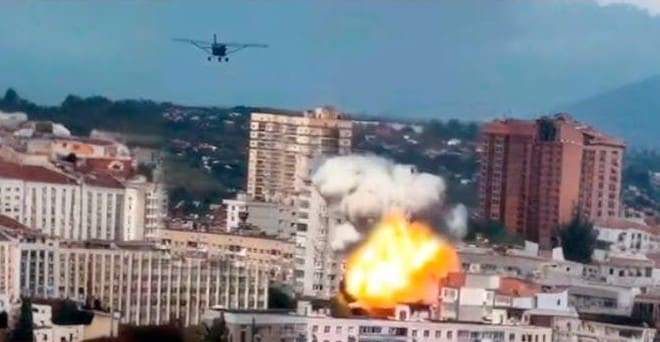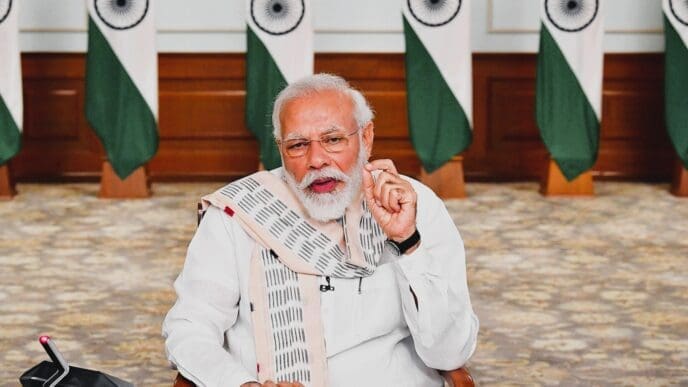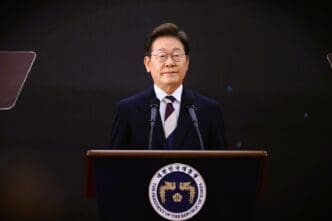Romanian military forces conducted urban warfare simulations in Bucharest, emphasizing the importance of preparing for potential conflicts in densely populated areas. The exercises, carried out near residential zones in the capital, aimed to enhance military readiness and operational complexity in realistic settings.
These training sessions were inspired by ongoing conflicts, such as the one in Ukraine, which offer valuable insights and lessons for military strategies. The exercises incorporated new tactical techniques and procedures observed in current theaters of operation, contributing to the development of good practices within the evolving security landscape.
To create an authentic training environment, the army set up inflatable structures mimicking single-story buildings, complete with plastic doors. Soldiers practiced advancing through these areas using airsoft rifles, which provide a non-lethal yet realistic training experience. Surveillance drones were deployed, and troops navigated the training grounds with ATVs, which were also used for simulating the evacuation of injured personnel.
In addition to the exercises in Bucharest, similar urban combat drills are taking place at Romania’s Cincu military base. This facility, hosting 1,500 foreign troops, regularly conducts live-fire drills, bolstering NATO’s presence and readiness on its eastern flank.
The Evolving Landscape
These urban warfare exercises underscore the shifting focus of military strategies towards conflicts in urban settings. For local communities, this could mean an increased presence of military activities in proximity to residential areas, which may impact daily life through heightened security measures and possible disruptions during training periods.
On a broader scale, such exercises highlight the importance of international cooperation and readiness in maintaining regional stability. As NATO continues to strengthen its eastern defenses, these drills serve as a reminder of the ongoing need for adaptive military strategies in response to global security challenges.











